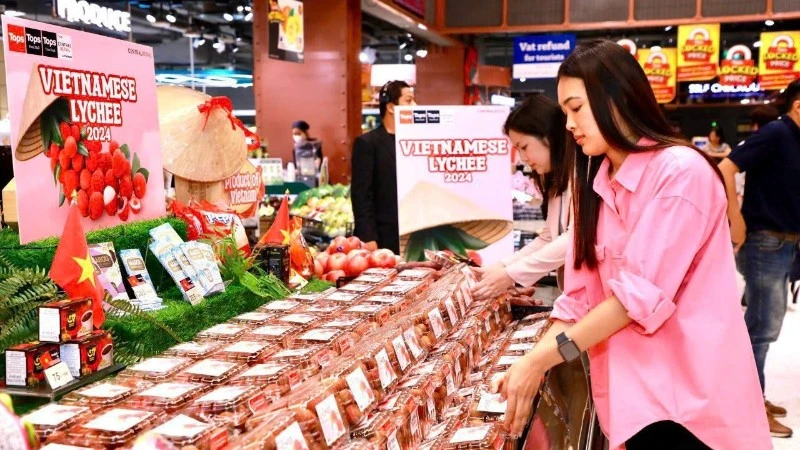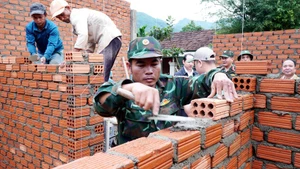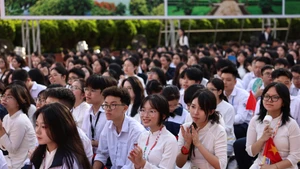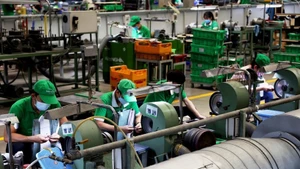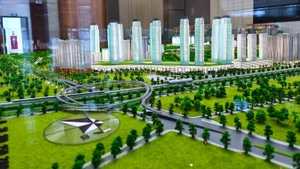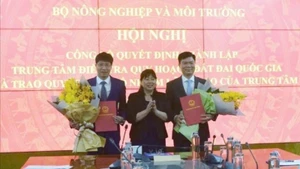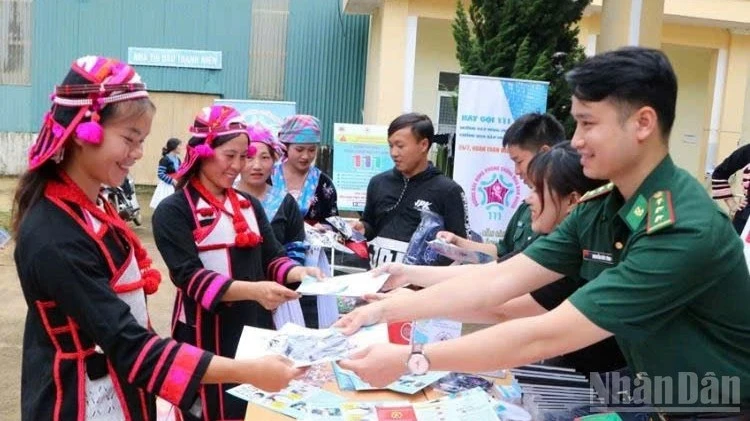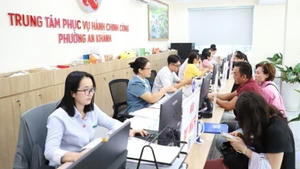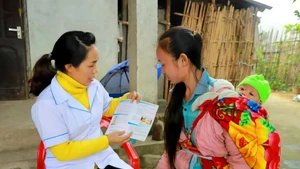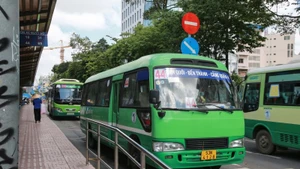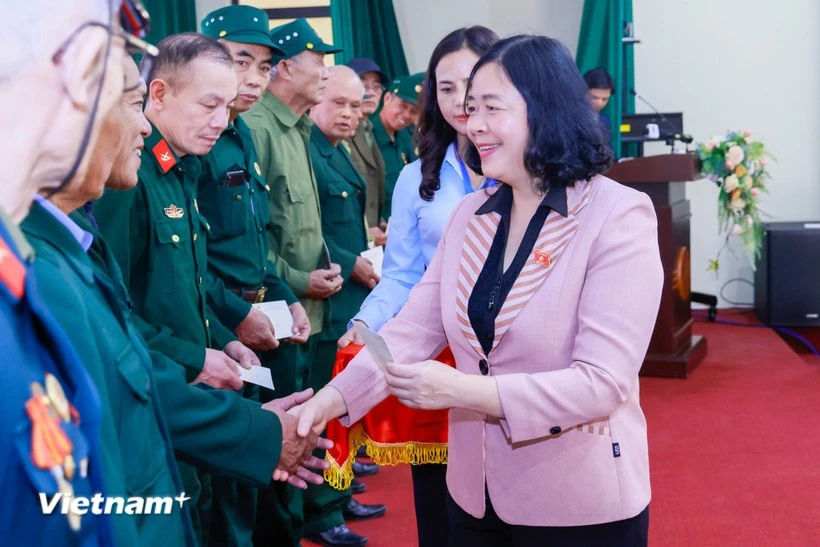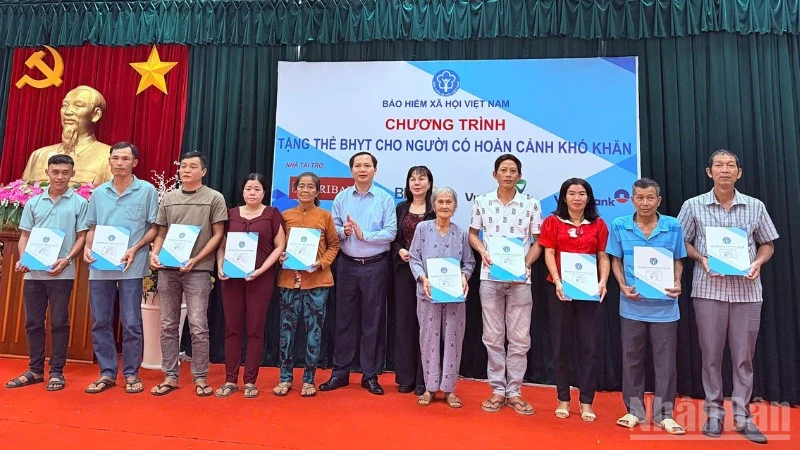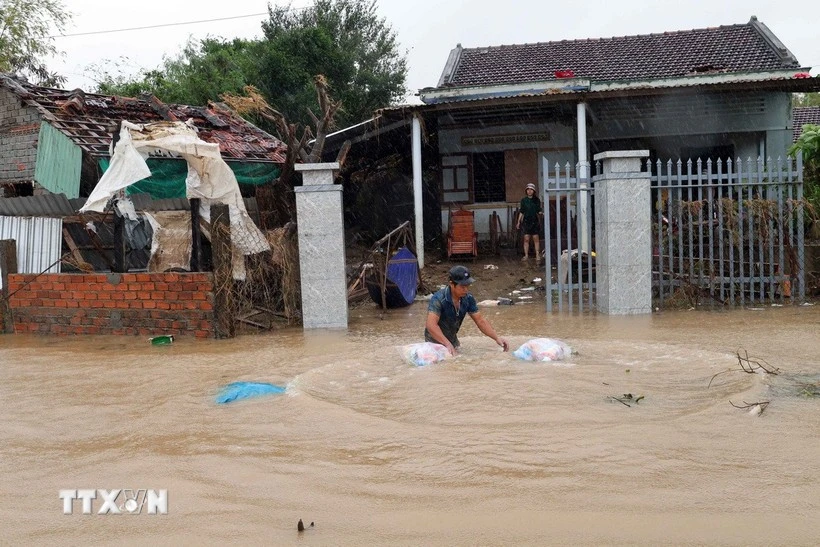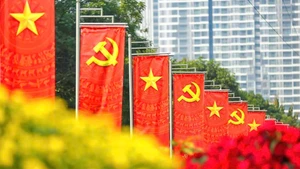From impoverished fields to bountiful harvests, from subsistence production to exports surpassing 60 billion USD, agriculture has made significant contributions to national economic growth.
The sector’s trade surplus in 2024 reached a record 17.9 billion USD, an increase of 46.8% compared with 2023, while Viet Nam’s overall trade surplus in 2024 stood at about 24.8 billion USD. This outcome demonstrates the prominent role of agriculture in the trade balance.
Resilience in every field and plot
According to Tran Ngoc Thach, Director of the Mekong Delta Rice Institute, in recent years the institute has worked with units and enterprises on variety selection and breeding. It takes pride in the fact that most of the rice varieties in the region today are hybrids. The region has built up a relatively strong set of varieties. Most recently, in 2024, the institute researched and applied biotechnology in developing multi-resistant rice varieties (against brown planthoppers, blast, salinity, etc.) adapted to climate change conditions and for export; researched and developed high-yield, high-quality Japonica rice varieties suited for rice cultivation in the region’s provinces; and developed high-quality rice varieties specific to the Mekong Delta.
In the north, Tran Manh Bao, Chairman of the Board of Directors of ThaiBinh Seed Group Joint Stock Company (ThaiBinh Seed), said the group now owns the rights to 30 plant varieties. ThaiBinh Seed’s rice varieties are present in many provinces and cities, accounting for 20% of the country’s agricultural production area.
Developments in rice varieties from the south to the north have been a solid “supporting pillar” for Viet Nam’s “golden achievements” in rice, with production and export volumes increasing year by year.
Developments in rice varieties from the south to the north have provided a solid “supporting pillar” for Viet Nam’s “golden achievements” in rice, with production and export volumes increasing year by year; notably, in 2024, rice output reached 43.7 million tonnes, and rice exports hit a record 9.18 million tonnes. Looking back to 1945, when more than 2 million compatriots died of hunger due to food shortages, today’s rice achievements are not only a source of pride but also evoke deep emotion.
Alongside rice, many regions across the country have developed crop varieties that can be staggered across seasons or bear fruit year-round. Once the issue of seasonality was solved, Vietnamese fruit achieved stable yields and could supply the market in large quantities. In the fisheries sector, white-leg shrimp, pangasius and tilapia products, with quality-controlled breeds, have created billion-dollar brands for Viet Nam.
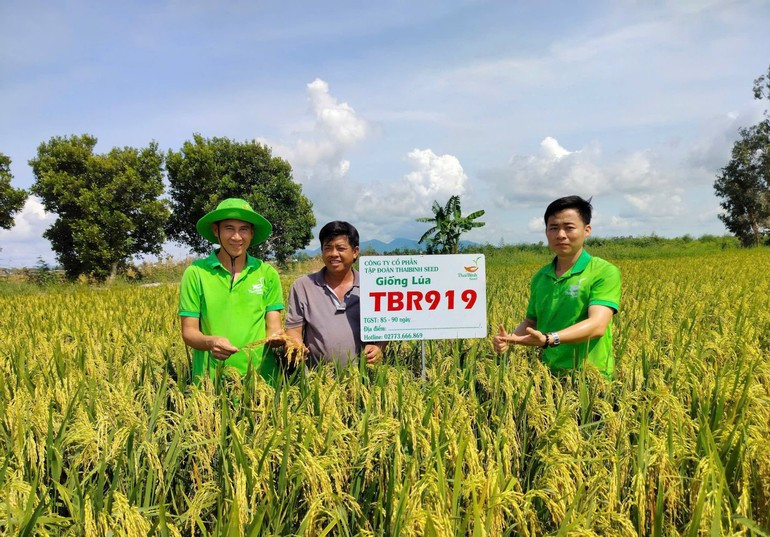
Regarding coffee — currently a major money-maker — Phan Viet Ha, Acting Director of the Central Highlands Agriculture and Forestry Science Institute, said that in previous years, all of Viet Nam’s Robusta varieties were imported from Côte d’Ivoire, France, and South America, while Arabica varieties were imported from France. However, over time, these varieties revealed limitations such as low yields and weak resistance to pests and diseases.
To address these challenges, over nearly 50 years, the institute has focused on coffee breeding and produced a new set of varieties that has lifted Viet Nam’s coffee yields and production to the top of the world. Robusta varieties now reach yields of 4–7 tonnes/ha, with some potential varieties achieving up to 10 tonnes/ha. At present, more than 90% of newly planted or replanted coffee areas use varieties developed by the Central Highlands Agriculture and Forestry Science Institute.
Building a global position
Cultivating two hectares of rice under sustainable standards and tending 1.5 hectares of fruit trees, Nguyen Van Sy Em (Tan Phu B Hamlet, Tan Long Commune, Dong Thap Province) believes that thanks to the high economic efficiency of farming, the livelihoods of farmers have improved significantly. In rice cultivation, all stages are mechanised, with machines replacing human labour; the “one must, five reductions” method and alternate wetting and drying irrigation contribute to reducing greenhouse gas emissions. For fruit trees, farming follows the standards of buyers, with production logs and strict pesticide residue control throughout the process. “Farmers earn income, while fields and the environment are less polluted thanks to changes in cultivation methods, so we are very pleased,” Sy Em said cheerfully.
As resilience in the fields provides abundant produce for domestic consumption and export, along with the changing production mindset of farmers across the country, the agricultural sector has gained strong momentum to “take off” and build a global position.
In the Mekong Delta, many localities are currently implementing low-emission, high-quality rice models with enthusiastic participation from farmers and enterprises, opening new opportunities for green Vietnamese rice exports. Meanwhile, the area of Vietnamese coffee certified under sustainability standards such as Rainforest Alliance and 4C has been rapidly expanded, paving the way for low-carbon coffee products to meet emerging consumer demands in many markets. This is the “key” to boosting export value growth at a time when the world is increasingly concerned with green production.
The position of Vietnamese agriculture is being continuously built and strengthened, with agricultural, forestry, and fishery products now present in more than 200 countries and territories, establishing a firm foothold in major markets such as the US, China, Japan, the EU, and the Middle East.
Deputy Minister of Agriculture and Environment Phung Duc Tien.
Affirming the immense value of agriculture in the nation’s development and integration in the new era, Deputy Minister of Agriculture and Environment Phung Duc Tien stated that the position of Vietnamese agriculture is being continuously built and strengthened, with agricultural, forestry, and fishery products now present in more than 200 countries and territories, establishing a firm foothold in major markets such as the US, China, Japan, the EU, and the Middle East.
The overarching orientation in the sector’s development strategy for the new phase remains the value chain approach, from production and processing to consumption; with emphasis on enhancing competitiveness, expanding export markets on the basis of strict quality management, product certification, and traceability. All these efforts aim to build a global brand for Vietnamese agricultural products and raise Viet Nam’s agriculture to a higher standing on the world agricultural map.
